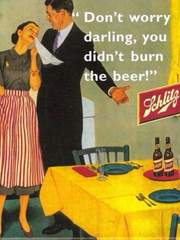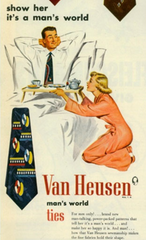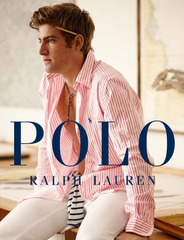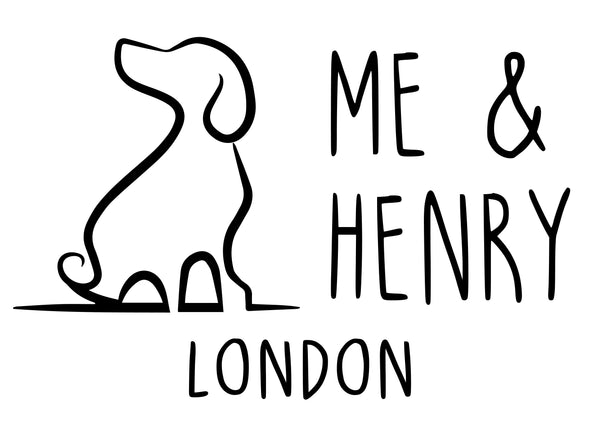Posted on March 10 2022

So we all know the saying pink is for girls and blue is for boys - we all grew up with that - but why and how did that start? It's a fascinating story we thought we would share with you because we LOVE breaking the 'rules' and designing pink for boys and my goodness it sells - no...it actually sells OUT!
After a lot research it seems this belief dates back to the 19th century when pastel colours started to become popular in baby clothes.
Before that happened, society was actually a lot more progressive than it eventually became, with gender-neutral clothing being the norm. All children, whether male or female, were typically dressed in white.


Both boys and girls would wear dresses at this time, and the color white was chosen due to the fact that it was very easy to clean using bleach.
Children wouldn’t really start wearing more colourful attire and gender-specific items like shirts and skirts until they reached the age of six or seven.
Blue and pink were first chosen because of how they complimented hair and eye colours.
Blue was supposed to go with blue eyes and/or blonde hair, and pink for brown eyes and/or brown hair. So hilariously back then, blue was actually the colour that would be worn by blonde haired blue eyed little ladies but also it was seen as a 'dainty' colour. And guess what - pink was seen as a stronger colour so was assigned to boys! Yes really!

So then how did pink become a colour for girls and blue for boys?
Well eventually as the years passed by, because pink was close to red and red was seen as a romantic colour it started to be worn by women and girls as women were regarded as 'more emotional'. You couldn't really make this up could you!?
By the 1960’s during the women’s liberation movement, women challenged all social norms and threw gendered colours out the window. Yay - progress! But not for long...
Once prenatal testing became available, retailers started to realise they could capitalise on selling specific products to each gender for parents that wanted to know and plan for their babies. So we go right back to square one (thanks retailers!)
If you jump to now, the popularity of “Gender Reveal Parties” has reinforced the “pink is for girls, blue is for boys” rule. Although parents have been getting more and more creative with their reveals, pink and blue have remained the two dominant colours that people use to show the sex of their babies.
So of course does any of this really matter? Really? Well many would argue that if you assign colours to babies it enforces a role they are supposed to grow and fit into. , “Who cares? So what if pink is for girls and blue is for boys? What’s the big deal?”
Many people feel assigning colours to babies enforces a role that they are supposed to grow and fit into. There are only two colours, also enforcing that there are only two genders you’re allowed to claim. If you’re a girl, you have to like pink, and that also means you’re girly. If you’re a boy, you have to have blue, and you CANNOT like pink, or else you aren’t manly enough. If you’re a girl and you like blue, you’re a tomboy, and you aren’t seen as a strong female, but instead as a girl who doesn’t know how to be a proper girl.
Obviously, this is all completely invalid and shouldn’t have ever been applied to our society back then and shouldn’t be applied now.




We for sure know that not everyone sticks to this rule. There are plenty of parents, more recently than ever before, that refuse to stand by this crazy code, and some who even take a few progressive steps further as to let their kids dress themselves however they want.
Colour masters Pantone have said they found that the colour pink is being adapted more and more by men and boys than it ever has been before. Shirt makers like Thomas Pink in London , Brooks Brothers and Ralph Lauren's pink polo shirts have helped make it a really popular colour among men and things will continue to change.




So there is hope for pink.... we actually don't care....we LOVE pink and coral and you can see that from the amount of styles we throw in so be a little bold and brave mum and dad - boys don't always want blue!









Thank you! My 3 month old grandson looks great in pink – it really goes well with his skin tone and hair color..